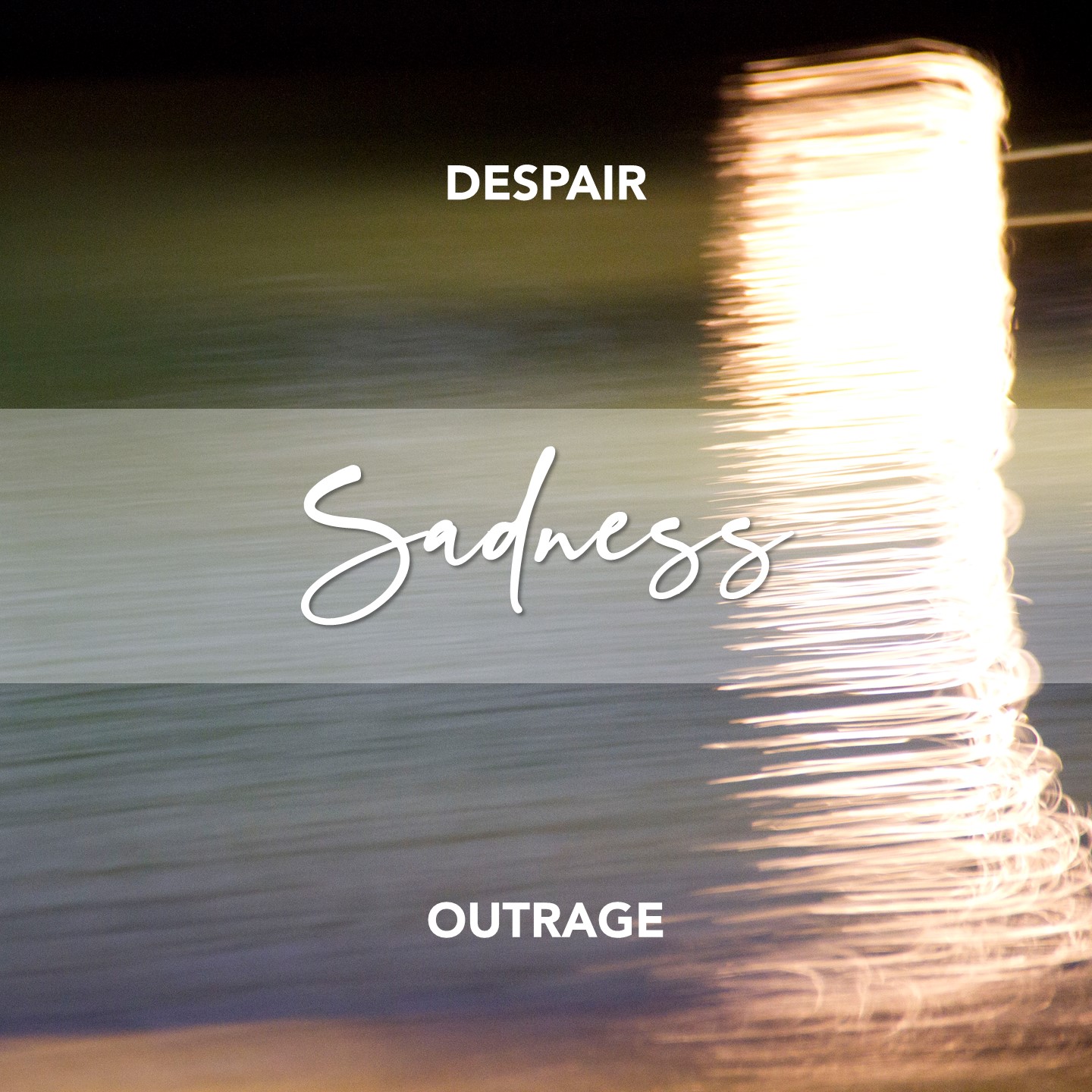It’s really interesting to observe the change in the feelings that the different moments of the pandemic bring forward and in the most common reactions that different human beings have.
Facing an unpleasant situation, an expected loss, a frustration, a feeling of helplessness, sadness would be the expected emotion.
But sadness is too difficult to tolerate. It brings grief, fear, hopelessness, images of loneliness and neglect.
So, even though it may seem counter intuitive, increasing the feeling of sadness to a state of severe depression, despair, creates relief because the emotional and physical pain is so great that consciousness is anesthetized. One is complete suffering. There is nothing else but one’s pain, one’s suffering.
The opposite reaction is outrage: getting angry, feeling our body tense with rage, ready to fight, to destroy the culprit, to finish the enemy off. The problem is that we can’t attack the virus with our bare hands. We depend on a vaccine that is being developed in specialized labs, and we can only hope that it’s as soon as possible.
And, even if it also seems paradoxical, tolerating sadness with consciousness of the situation makes room for tenderness.
To embrace each other, cry, cradle each other (at a convenient distance), declare our mutual love, our gratitude, our joy at the existence of that other human being, as sad as us, is, ultimately, a comforting attitude.

Menu
